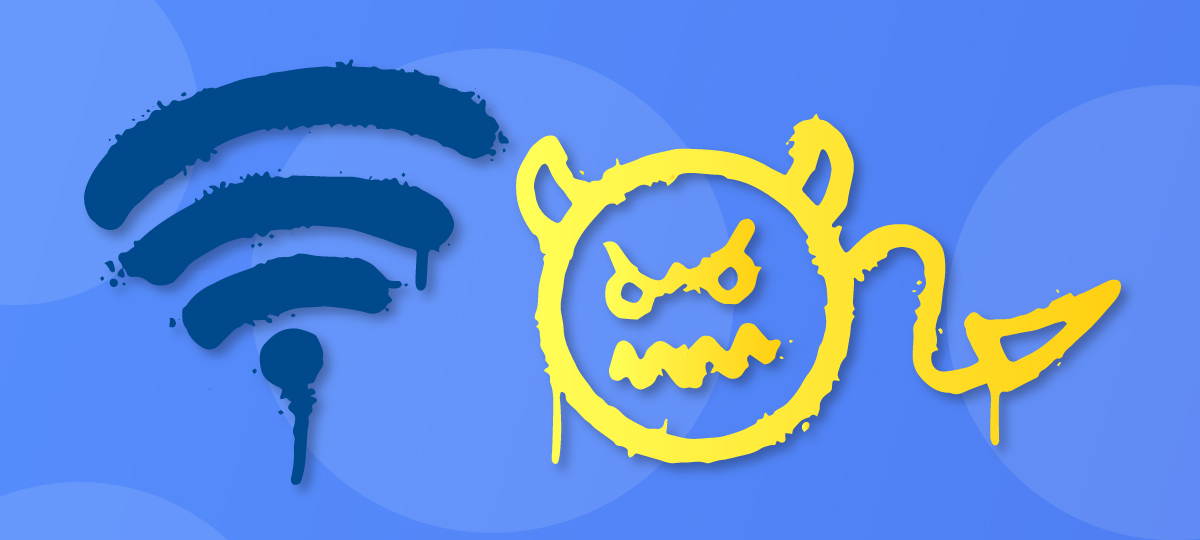
Slow internet speeds can be frustrating, especially when you’re not sure what’s causing the problem. While streaming services and downloads are obvious culprits, many background processes, idle devices, and hidden applications silently consume your bandwidth. This article explores these hidden bandwidth hogs and how to take control of your internet usage.
Identifying Hidden Bandwidth Consumers
1. Background Applications and Auto-Updates
Many applications run background processes that constantly use data without your knowledge. Examples include:
- Windows Updates: Automatic updates can consume large amounts of bandwidth, especially on metered connections.
- Cloud Storage Syncing: Services like Google Drive, Dropbox, and OneDrive continuously sync files, which can eat up bandwidth.
- Software Auto-Updates: Applications like browsers, antivirus programs, and gaming platforms frequently download updates in the background.
2. Smart Devices and IoT Gadgets
Your smart home might be slowing down your internet. Common offenders include:
- Smart TVs: Constantly fetching updates, streaming background content previews, or even sending usage data.
- Security Cameras: Live-streaming and uploading footage to cloud storage can consume significant bandwidth.
- Voice Assistants (Alexa, Google Home): Always connected, sending and receiving data to improve voice recognition.
- Smart Appliances: Fridges, thermostats, and even smart light bulbs can regularly communicate with remote servers.
3. Hidden Streaming and Cloud Services
Some devices and services use bandwidth even when you’re not actively using them:
- Preloading Streaming Content: Netflix, YouTube, and other platforms may pre-buffer videos even when paused.
- Gaming Consoles: Downloading updates, patches, and even syncing cloud saves in the background.
- Cloud-Based Applications: Background syncing of documents, backups, and online collaboration tools.
How to Monitor and Control Bandwidth Usage
1. Use a Network Monitoring Tool
GlassWire and similar tools can help you identify which apps and devices consume the most bandwidth in real-time.
2. Limit Auto-Updates and Background Processes
- Set updates to manual or schedule them during off-peak hours.
- Disable unnecessary cloud sync for apps you don’t frequently use.
- Restrict background data usage in Windows and mobile device settings.
3. Optimize Your Router Settings
- Use Quality of Service (QoS) settings to prioritize essential applications.
- Block or limit bandwidth-heavy devices during work hours.
- Set up guest networks to isolate IoT devices from your main connection.
Conclusion
Hidden bandwidth hogs can significantly impact your internet experience. By identifying and controlling background processes, IoT devices, and unnecessary updates, you can regain control over your internet speed. Using network monitoring tools like GlassWire ensures you stay informed and proactive about your bandwidth usage. Take action today to optimize your connection and enjoy a smoother online experience.




